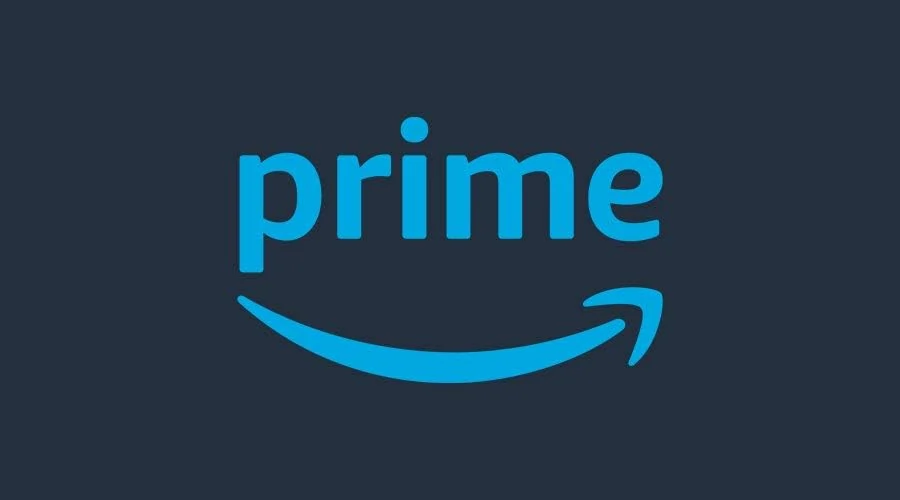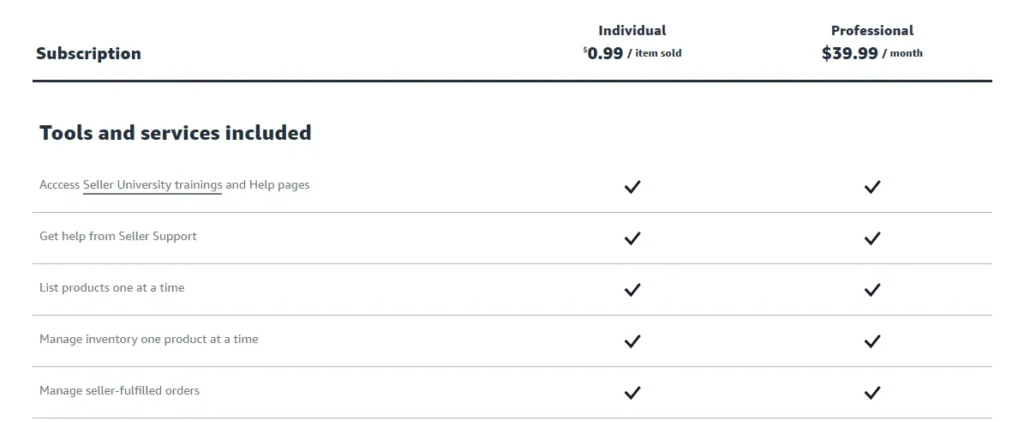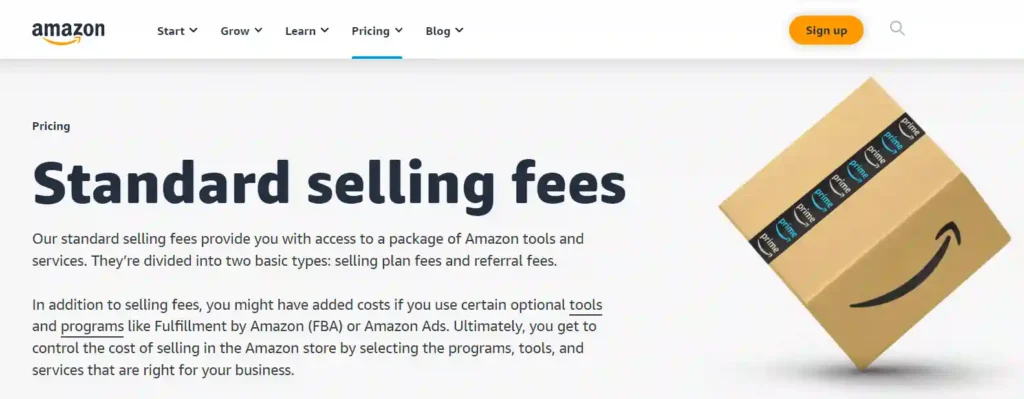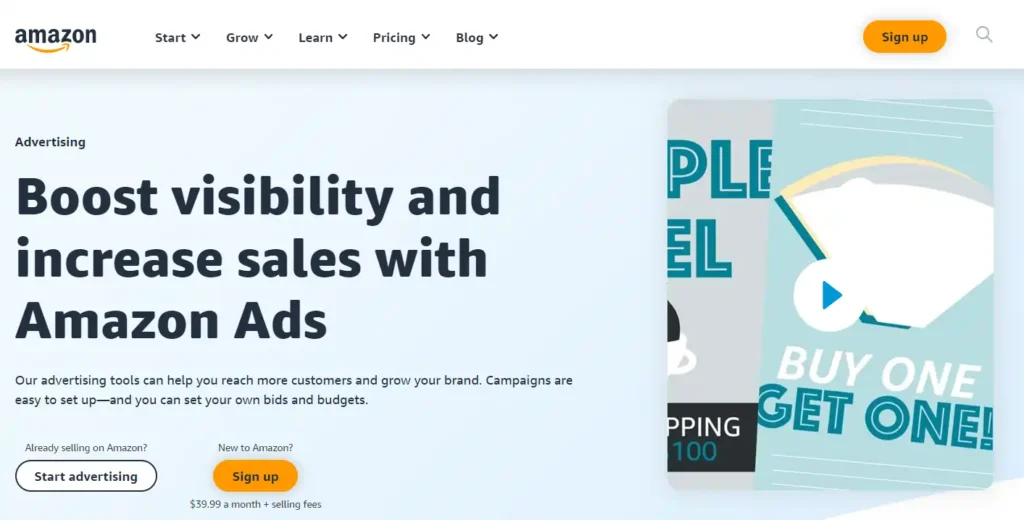
Are you ready to take your business to the next level?
With over 300 million active customer accounts worldwide, Amazon offers an unparalleled opportunity to connect with a massive audience hungry for your products. Selling on Amazon's global marketplace could be your ticket to explosive growth and profitability.
Amazon's Marketplace is a dynamic platform where sellers can tap into a global customer base and leverage the e-commerce giant's extensive infrastructure. Analyzing whether is selling on Amazon profitable involves understanding its reach and the spending behavior of its customer base.
Amazon has established a global presence in the e-commerce market, with operations extending to more than 19 countries and over 150 million paid Prime members worldwide.
Just remember – success favors the strategic, data-driven seller who's always ready to adapt and improve. With the right approach, the sky's the limit for your Amazon profits. So if you're ready to take your business to new heights, selling on Amazon's global marketplace could be the opportunity you've been waiting for.
Prime Membership And Customer Spending

Amazon's marketplace presents a lucrative venture for those who can harness its vast potential. By understanding customer spending habits, especially among Prime members, and leveraging the platform's global reach, sellers can significantly increase their chances of achieving profitability and success on Amazon.
The Median annual profit for Amazon sellers is around $40,000, demonstrating the potential for profitability on the platform. However, this figure can vary widely based on factors such as product category, competition, and the effectiveness of the seller's strategies.
Over 50% of Amazon sellers report monthly sales ranging from $1,000 to $25,000, indicating substantial revenue potential for businesses of all sizes. Furthermore, the top 6% of the sellers claim profits is around $1M+ annually, showcasing the high earning potential.
Jungle Scout
Prime membership plays a pivotal role in customer spending behavior on Amazon. With benefits like free two-day shipping, Prime members are incentivized to shop more frequently and spend more per transaction compared to non-members. This loyal customer base is an asset to sellers who can offer Prime-eligible products.
For further guidance, sellers can explore resources to understand Amazon's delivery schedules.
Exploring Amazon Seller Plans

Understanding the differences between Individual and Professional plans is crucial for sellers to determine which option aligns best with their business objectives and can influence the profitability of selling on Amazon.
Amazon Individual Plan vs. Professional Plan
1. Amazon Individual Plan:
Amazon's Individual plan doesn't require a monthly subscription fee; instead, sellers are charged $0.99 per item sold, plus additional selling fees.
This plan is often suitable for new sellers or those with a limited inventory who are testing the waters of e-commerce on Amazon.
2. Professional Plan:
In contrast, the Professional plan has a subscription fee of $39.99 per month but eliminates the $0.99 per sale fee tied to the Individual plan.
This plan is ideal for more established sellers looking to scale their operations. It includes access to advanced selling tools, such as bulk listing and reporting tools, as well as the ability to sell in more categories.
Make the Right Choice!
The decision between Individual and Professional plans hinges on your sales volume, growth aspirations, and how much value you place on the additional services and tools. A thoughtful evaluation of these aspects will guide you to a choice that aligns with your business objectives and profitability goals.
| Consideration | Individual Plan | Professional Plan | Profitability Impact |
|---|---|---|---|
| Sales Volume | Cost-effective for <40 sales/month | Cost-effective for >40 sales/month | Choose based on expected sales volume to minimize fees. |
| Category Access | Limited | Full access | Selling in more categories can increase sales opportunities. |
| Fulfillment Options | Not eligible for FBA | Eligible for FBA and SFP | FBA can boost sales through Prime but adds costs. |
| Selling Tools | Basic | Advanced | Advanced tools help manage and optimize sales more efficiently. |
| Shipping & Support | Fixed credit & standard support | Set own rates & dedicated support | Proper shipping cost management and support can enhance profitability. |
Amazon's Fulfillment Options
For sellers on Amazon, selecting the right fulfillment option is a critical decision that impacts profitability, customer satisfaction, and overall operational efficiency. In this section, we focus on the advantages of using FBA and how it can lead to discounts in shipping and enhanced customer service.

Amazon offers two main fulfillment options:
- Fulfillment by Amazon (FBA)
- Fulfillment by Merchant (FBM)
Advantages of Using Fulfillment by Amazon (FBA)
Fulfillment by Amazon (FBA) is a service designed to assist sellers by taking on the heavy lifting of warehousing, picking, packing, shipping, and even managing customer service and returns.
Using FBA allows sellers to leverage Amazon's extensive fulfillment network and expertise, which can be particularly beneficial for those looking to scale their operations.
Here are some of the key advantages of using FBA:
- Access to Prime Customers: Products fulfilled through FBA are eligible for Amazon Prime, which can significantly increase the product's visibility and appeal to Prime subscribers who value fast & free shipping.
- Customer Trust: With Amazon handling fulfillment, customers may be more likely to trust that their orders will be delivered promptly and handled professionally in case of any issues.
- Scalability: FBA enables sellers to scale their business without the need for additional resources or space for inventory, as Amazon's fulfillment centers provide the necessary infrastructure.
- Focus on Growth: By outsourcing fulfillment logistics, sellers can focus more on growing their business, such as optimizing their amazon storefronts, or investing in advertising and brand building.
Shipping Discounts With Amazon FBA
Another benefit of using Amazon's FBA is access to discounted shipping rates. These discounts can help sellers maintain competitive pricing and improve their margins.
Here's how FBA affects these areas:
- Discounted Shipping: Sellers can save on shipping costs due to Amazon's partnerships with carriers, making it more affordable to ship products to customers worldwide.
- Customer Service: Amazon's customer service team manages inquiries and issues, ensuring that customers receive timely and effective support, which is essential for maintaining a positive reputation on the platform.
Sellers should weigh the benefits against the costs and ensure they comply with Amazon's requirements to avoid any additional fees or penalties that could affect their bottom line.
The Costs Of Selling On Amazon

For those considering or currently operating as sellers on Amazon, understanding the various costs associated with selling on this platform is critical to determining profitability. Seller fees are a significant component of these costs and can influence the financial outcomes of your business.
Breakdown of Seller Fees
Amazon imposes a range of fees on sellers, which can be grouped into several categories:
- Referral Fees: These are commission fees paid to Amazon for each item sold and vary by product category.
- Fulfillment by Amazon (FBA) Fees: If you opt for Amazon's fulfillment services, you will incur fees for order fulfillment, shipping, and handling.
- Storage Fees: Amazon charges for the storage of items in its warehouses, with rates depending on the size and volume of the products.
- Closing Fees: A variable closing fee is applied to media items such as books, DVDs, and video games.
- Advertising Costs: To gain visibility in a competitive marketplace, sellers may also invest in Amazon's advertising services.
According to Jungle Scout, the FBA fees, a significant portion of the costs, typically consist of referral fees, variable closing fees, and storage fees. These can account for approximately 30-40% of a product's price, with some products facing fees as high as 45%.
Here is an illustrative table of average fees across different product categories:
| Product Category | Referral Fee (%) | Average FBA Fee ($) | Storage Fee ($) per cubic foot |
|---|---|---|---|
| Books | 15 | 1.80 | 0.75 |
| Electronics | 8 | 3.00 | 0.65 |
| Clothing | 17 | 2.50 | 0.90 |
| Kitchenware | 15 | 2.20 | 0.60 |
*The values are for illustrative purposes only and may vary.
Amazon Profitability: Average Seller Profit Margins
Amazon has become a global powerhouse for sellers due to its vast customer base. Furthermore, it's not just about sales but actual profits that can be realized.
Gross Profit Margin
To calculate the gross profit margin, one must subtract the Costs of Goods Sold (COGS) from net sales and then divide that number by net sales, multiplying by 100 to get a percentage:
Gross Profit Margin % = (Net Sales – COGS) / Net Sales * 100
When considering whether is selling on Amazon profitable, it's vital to examine the revenue and profit potential. This involves understanding the range of income sellers can make and how profit margins come into play.
| Profit Margin | Sustainability |
|---|---|
| 20% or higher | Excellent |
| 15% – 20% | Average |
| 5% or less | Unsustainable |
Understanding these figures is essential for anyone looking to join the Amazon marketplace.
For further insights into maximizing profitability, sellers can explore amazon.com services LLC. While fees can impact profits, strategic planning and optimization can help maintain a healthy bottom line.
Impact Of Fees On Profitability
The fees charged by Amazon can substantially impact seller profitability. To maintain profitability, sellers must factor in these fees while also considering the cost of goods, shipping to Amazon's warehouses, and any additional operational expenses. Failure to do so can result in slim profit margins or even losses.
For those utilizing Amazon's FBA service, while the fees cover the convenience of storage and fulfillment, they can quickly add up, especially for products with lower turnover rates or higher storage costs.
It is essential for sellers to regularly review their fee structures and adjust their strategies accordingly. Resources like Jungle Scout promo can offer tools and insights to help sellers optimize their fee management and maintain profitability.
Strategies To Maximize Profits For Amazon Sellers
To maximize the profitability of selling on Amazon, sellers need to employ effective strategies that enhance product visibility, attract customers, and build brand reputation. Here we'll discuss two essential tactics: optimizing product listings and advertising and brand building.
1. Optimizing Product Listings
Optimizing product listings is crucial for sellers aiming to improve their performance on Amazon. A well-optimized listing can lead to better search visibility, higher conversion rates, and ultimately, increased sales. Here are key areas to focus on:
- Title: Include relevant keywords, brand name, product type, and unique selling points.
- Images: Use high-quality images that showcase the product from various angles. Follow Amazon’s image requirements for the best results.
- Bullet Points: Highlight the key features and benefits of the product using concise and informative bullet points.
- Description: Provide a detailed description that answers potential questions a buyer might have. Incorporate relevant keywords without keyword-stuffing.
- Keywords: Research and use pertinent keywords in the backend search terms to help your product rank higher in search results.
In addition, consider using external tools like Jungle Scout that can inform strategic decisions about product listings and help identify areas for improvement.
2. Amazon Advertising And Brand Building

Advertising on Amazon allows sellers to increase the visibility of their products, which is particularly beneficial in a crowded marketplace. Amazon offers several advertising solutions, such as sponsored products, sponsored brands, and stores.
Amazon outlines the different advertising options available to sellers, helping them to reach a wider audience and potentially boost sales. Here are some advertising strategies sellers can use:
- Sponsored Products: Bid on relevant keywords to display individual products prominently in search results.
- Sponsored Brands: Promote your brand and product portfolio by creating custom ads with your brand logo, a custom headline, and a selection of your products.
- Amazon Stores: Create an Amazon storefront to showcase your brand story and entire product range in one place.
Building a strong brand goes hand in hand with advertising. Here are some brand building essentials:
- Customer Service: Provide exceptional customer service to build trust and encourage positive reviews.
- Reviews: Actively manage and respond to customer reviews to improve product and service perception.
- Brand Story: Develop a compelling brand story and consistently communicate it across all your product listings and marketing materials.
By focusing on customer loyalty and brand recognition, sellers can cultivate a competitive edge, as emphasized by OABeans.
3. Amazon Reviews And Ratings
Ratings and Reviews are equally important for maintaining product credibility and sales. Positive reviews can enhance reputation, while negative ones can have a detrimental effect. Sellers must navigate the challenge of soliciting genuine feedback without violating Amazon's guidelines on review authenticity.

For review management, sellers should focus on providing excellent customer service and encouraging satisfied customers to leave reviews, while ensuring they comply with Amazon's policies.
4. Dealing With Market Competition
Market competition on Amazon is fierce, with many sellers often offering the same products. In 2020, two-thirds of all Amazon FBA sellers expressed concern over increased competition leading to a decline in prices. Standing out in this crowded space requires strategic planning and execution.
To deal with market competition, sellers should focus on differentiating their products through unique selling propositions (USP) and leveraging Amazon storefronts to create a branded experience for customers. Additionally, optimizing product listings and using Amazon advertising services can increase visibility and drive sales.
5. Inventory Management
Inventory management is a balancing act on Amazon, with strict guidelines on how products must be sent to Amazon Fulfillment Centers. Deviations from these guidelines can result in costs and delays for sellers. Amazon's Inventory Performance Index (IPI) metric also influences search rankings and eligibility for Amazon Prime.
| Inventory Issue | Impact |
|---|---|
| Stockouts | Loss of sales and ranking |
| Excess Inventory | Storage charges and penalties |
To manage inventory effectively, sellers can use Amazon's tools for inventory planning or third-party solutions that help track stock levels and forecast demand.
Is Selling On Amazon Profitable In The Long Run?
In conclusion, selling on Amazon's global marketplace presents a world of opportunity for e-commerce entrepreneurs. With its unparalleled reach and robust infrastructure, Amazon offers sellers the chance to connect with millions of customers worldwide and build a thriving business.
However, profitability is not guaranteed. By keeping a close eye on key metrics like RoAS while continuously refining their strategies, sellers can navigate the complexities of Amazon's platform and carve out a profitable niche.
So, is selling on Amazon profitable?
The answer is yes! – for those willing to put in the work. With the right approach, sellers can tap into Amazon's global potential and build a successful e-commerce business that stands the test of time. The opportunity is there – it's up to you to seize it.
Ultimately, the sellers who thrive will be those who stay informed, adapt to changes, and keep a laser focus on providing value to their customers. Success on Amazon requires a strategic approach that involves optimizing listings, leveraging advertising tools, and carefully managing costs.






